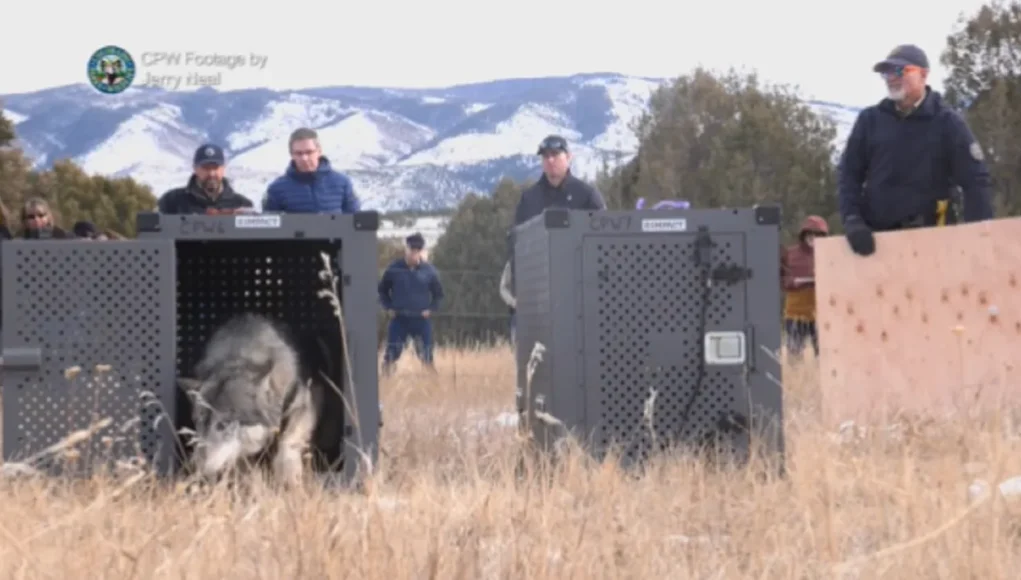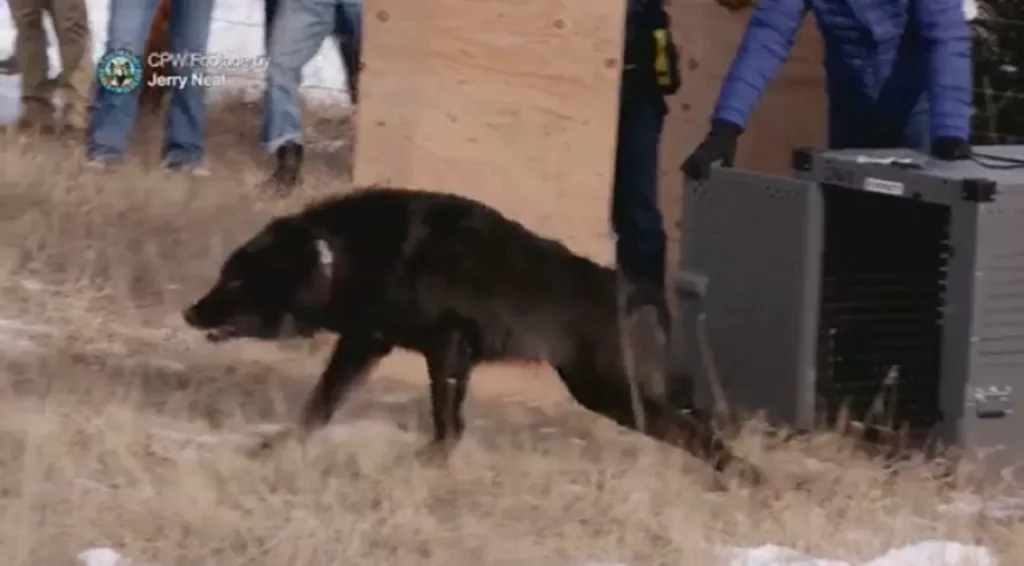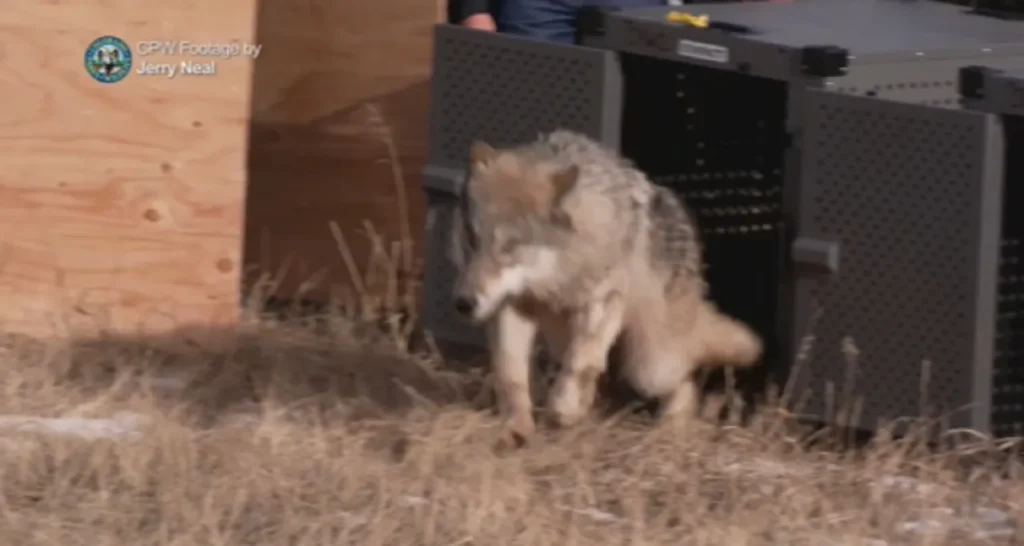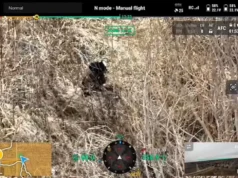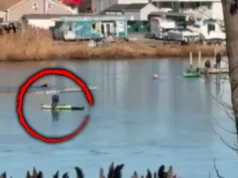In the heart of Colorado’s expansive wilderness, a groundbreaking event unfolded, one that will echo in the annals of wildlife conservation. Colorado Parks and Wildlife (CPW), the vanguard of the state’s natural resources, orchestrated a historic release. Five gray wolves, symbols of the wild’s untamed spirit, were set free into the public lands of Grand County. This wasn’t just any release; it marked the beginning of a long-anticipated reintroduction program, one that the voters of Colorado had passionately endorsed.
So, how did this come to pass? It all goes back to a pivotal moment when Coloradoans took to the polls. In a move that showcased the public’s commitment to environmental stewardship, they voted in favor of reintroducing gray wolves to the state. This decision, steeped in ecological awareness, was not just about bringing back a species. It was about restoring a lost piece of Colorado’s natural puzzle.
Now, you might wonder, why all this fuss about gray wolves? Well, these creatures are more than just majestic beings; they’re ecological engineers. Their presence in an ecosystem can trigger a cascade of positive changes, known as a trophic cascade. By preying on elk and deer, they keep these populations in check, which in turn benefits vegetation growth. This growth supports a myriad of other species, illustrating the interconnectedness of nature.
Let’s turn the spotlight on our protagonists – the five gray wolves. Before their momentous release, these wolves were living under human care, far from the rugged landscapes they’re adapted to. Transitioning them from captivity to the wilds of Colorado was no small feat. It involved meticulous planning, ensuring their health, and acclimating them to their new home, a process that underscores CPW’s dedication to wildlife welfare.
Grand County, the chosen site for this historic reintroduction, is a mosaic of forests, meadows, and rivers. It’s an ideal habitat for gray wolves, offering ample prey and space to roam. The selection of this site was a careful decision, balancing ecological needs with public interest and livestock concerns. It’s a proof to Colorado’s commitment to coexistence between humans and wildlife.
As we look ahead, the journey of these gray wolves will be closely monitored. Their adaptation to the wild, their impact on the ecosystem, and their interactions with human activities will be under constant scrutiny. This monitoring is crucial for the success of the program and for shaping future conservation efforts.
Moreover, fostering coexistence between the reintroduced wolves and the human communities is vital. CPW is engaged in ongoing efforts to educate the public, mitigate conflicts, and integrate the presence of these predators into the Colorado landscape harmoniously.
The release of these five gray wolves is more than a local event; it’s a beacon of hope for global wildlife conservation. It demonstrates the power of public support, the importance of ecological balance, and the possibilities that arise when we act as stewards of the natural world.
The reintroduction of gray wolves in Colorado is a remarkable story of environmental commitment, ecological restoration, and the bond between humans and the natural world. As these wolves roam free in Grand County, they carry with them the hopes of conservationists and nature enthusiasts alike. This event is not just a milestone for Colorado but a shining example for wildlife conservation efforts worldwide.
A historic day for Colorado and for the first time ever — we released 5 wolves, 3 males and 2 females, in Grand County today.
Captured in Oregon, the wolves were evaluated by our veterinarians & biologists, fitted with GPS collars & transported to Colorado for their release. pic.twitter.com/1Q1EiRxoZf
— Colorado Parks and Wildlife (@COParksWildlife) December 19, 2023


